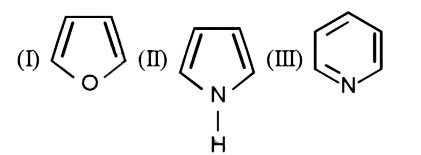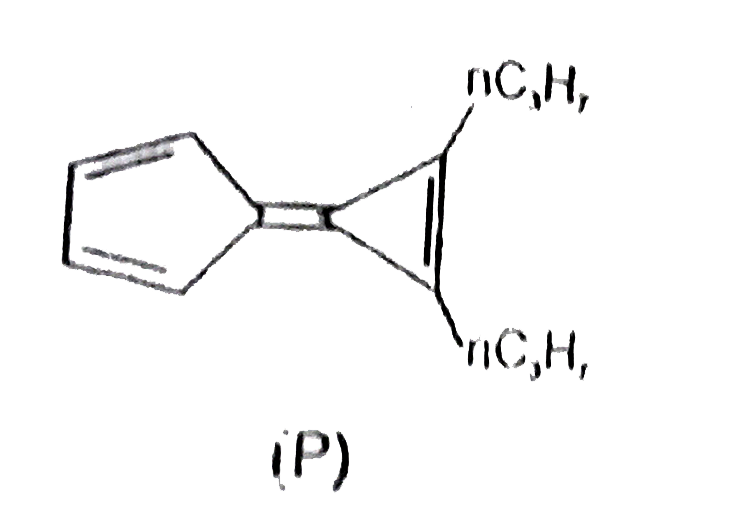
The barrier for rotation about the indicated bonds
Will be maximum in which of these three compounds ?
I
II
III
same in all
The correct Answer is:B
Step by step video, text & image solution for The barrier for rotation about the indicated bonds Will be maximum in which of these three compounds ? by Chemistry experts to help you in doubts & scoring excellent marks in Class 12 exams.
Updated on:21/07/2023Topper's Solved these Questions
- GOCBOOK - MOTIONCHAPTER - GOCEXERCISE - Exercise - 2 (Level - II)
114 Videos
- GOCBOOK - MOTIONCHAPTER - GOCEXERCISE - Exercise - 3
44 Videos
- GOCBOOK - MOTIONCHAPTER - GOCEXERCISE - Exercise - 1
30 Videos
- GASEOUS STATE BOOK - MOTIONCHAPTER - GASEOUS STATE EXERCISE - EXERCISE-4( LEVEL-II)
19 Videos
- GRIGNARD REAGENTBOOK - MOTIONCHAPTER - GRIGNARD REAGENTEXERCISE - EXERCISE-2
16 Videos
Similar Questions
Knowledge Check
The barrier for rotation about indicated bonds will be maximum in which of these compounds?
 AXBYCZDSame in all
AXBYCZDSame in all
The aromatic character is maximum in which of these three compounds ?AIBIICIIIDSame in allCarbon-carbon double bond lenghth will be maximum in which of the following compounds ?
ACH3−CH=CH2BCH3−CH=CH−CH3CCH3−C∣CH3=C∣CH3−CH3DCH2=CH2
The bond length of the S-O bond is maximum in which of the following compounds?
View SolutionWhich of the following has the lowest barrier to rotation about the indicated bond ?
View SolutionOrdinarily the barrier to rotation about a carbon - carbon double bond is quite high but in compound P double bond between two rings was observed by NMR to have a rotational energy barrier of only about 20 cal/mol., showing that it has lot of single bond character.

The reason for this is
View SolutionOrdinarily the barrier to rotation about a carbon-carbon double bond is quite high but in compound P double bond between two rings was observed by NMR to have a rotational energy barrier of only about 20 cal/mol

The reason for this is
View Solution
Compare rotational energy barrier for indicated bond.
View Solution